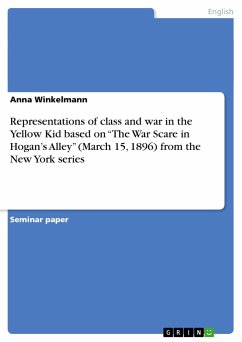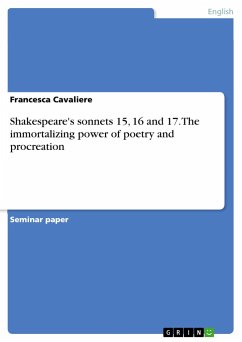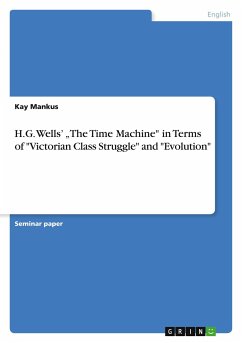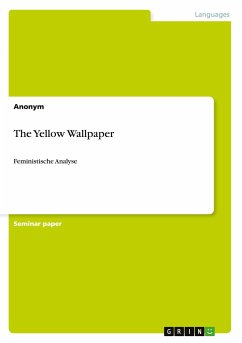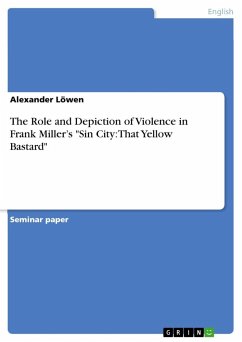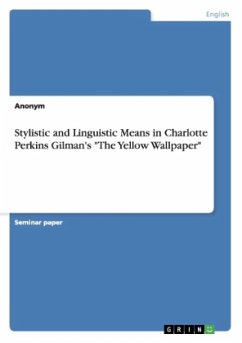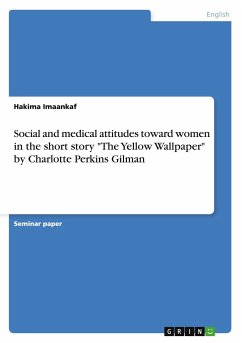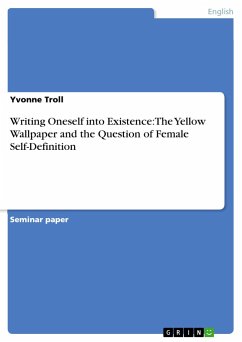Seminar paper from the year 2012 in the subject English Language and Literature Studies - Literature, grade: 2.7, University of Osnabrück (Anglistik), course: "Hully Gee"! Understanding the "Yellow Kid" Newspaper Comics, language: English, abstract: "Though many of Pekar's short pieces look very much like gag comic strips, they usually end on a reflective or ambiguous note." (Witek 133). This quotation is an apposite remark on Harvey Pekar's oeuvre as well as it describes Richard Felton Outcault's comic series The Yellow Kid. His detailed pictures do not only offer the obvious facts, but often carry an underlying meaning. With that said, I want to discuss the issue of representations of class and war in the comic page The War Scare in Hogan's Alley printed on March 15, 1896 in the New York World (appendix A). By answering the following questions "Which kinds of war does Outcault depict in his comic page? How does he portray these variations of war? In what kind of range do the different immigrant representations enact a part for the interpretation of the war issue?" I argue that Outcault presents the war in a very positive way.
Hinweis: Dieser Artikel kann nur an eine deutsche Lieferadresse ausgeliefert werden.
Hinweis: Dieser Artikel kann nur an eine deutsche Lieferadresse ausgeliefert werden.

